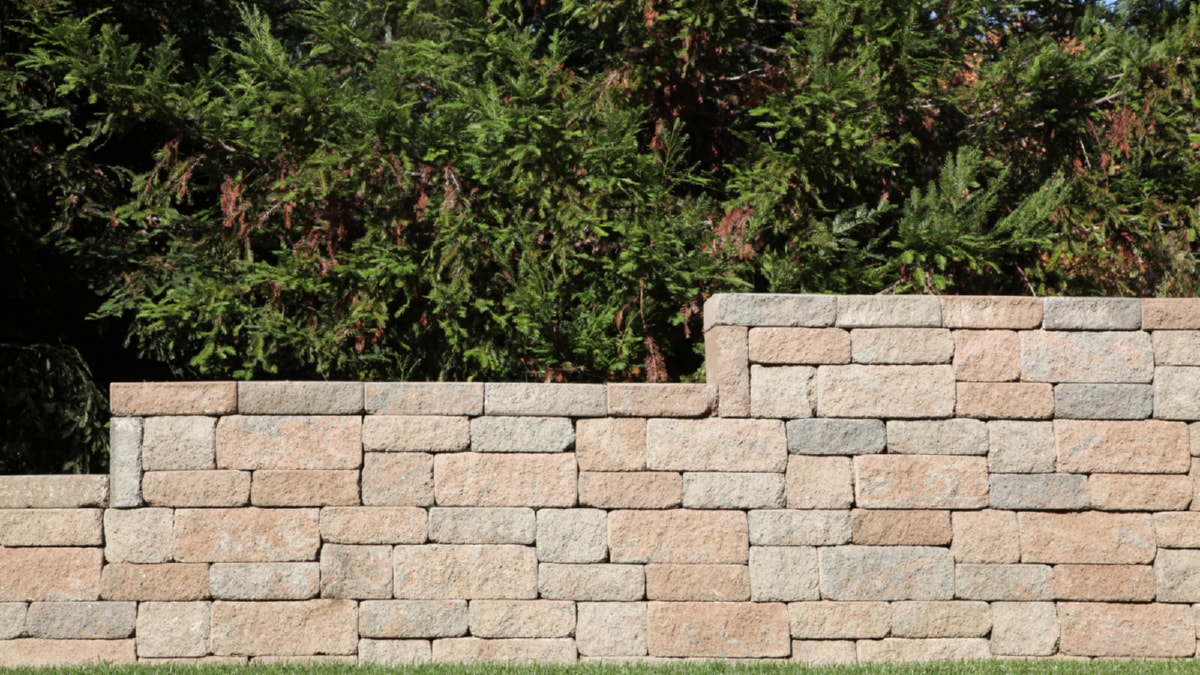One of the most widely used green building materials is reclaimed wood. As the name suggests, reclaimed wood is repurposed from old buildings, barns, factories and other structures. This material not only reduces the demand for new lumber, but it also adds character and a unique aesthetic to a building. In addition, reclaimed wood often comes from old-growth trees, which are typically stronger and more durable than new wood.
Bamboo is another sustainable building material that is becoming increasingly popular. Bamboo grows rapidly, making it a highly renewable resource. It is also strong, versatile, and resilient, qualities that make it suitable for a variety of construction applications.
Recycled metal is another eco-friendly building material. Steel and aluminum can be recycled indefinitely without losing their properties. In fact, recycling metal uses a fraction of the energy needed to mine and process new metal, resulting in a significant reduction in carbon emissions.
Recycled plastic is also being used in innovative ways in the construction industry. For example, recycled plastic lumber, which is made from plastic waste, is a durable and low-maintenance alternative to traditional wood. This material can be used for decking, fencing, and other construction projects.
Another exciting development in green building materials is the use of bio-based materials. These are materials made from plants or other renewable agricultural, marine, and forestry materials. They include everything from traditional materials like straw bale and clay, to more innovative materials like bio-based insulation and eco-friendly paint.
The use of green concrete is a further step towards eco-friendly construction. Green concrete is a type of concrete that uses waste products as a partial substitute for cement. This can significantly reduce the carbon footprint of concrete production, which is one of the largest contributors to global greenhouse gas emissions.
Insulation is another area where green building materials can make a big difference. Materials like sheep’s wool and cellulose insulation, which is made from recycled newspaper, provide excellent insulation and are much more environmentally friendly than traditional fiberglass insulation.
In conclusion, green building materials offer a wide range of benefits, from reducing environmental impact to improving building performance. They are an essential component of any green building project and their use is expected to grow as more people recognize the importance of sustainable construction. Whether you’re building a new home or renovating an existing one, consider using green building materials. Not only will you be doing your part to protect the environment, but you’ll also be investing in a building that’s healthier, more energy-efficient, and more durable.
For more details, check best masonry services or visit their business listing here.



